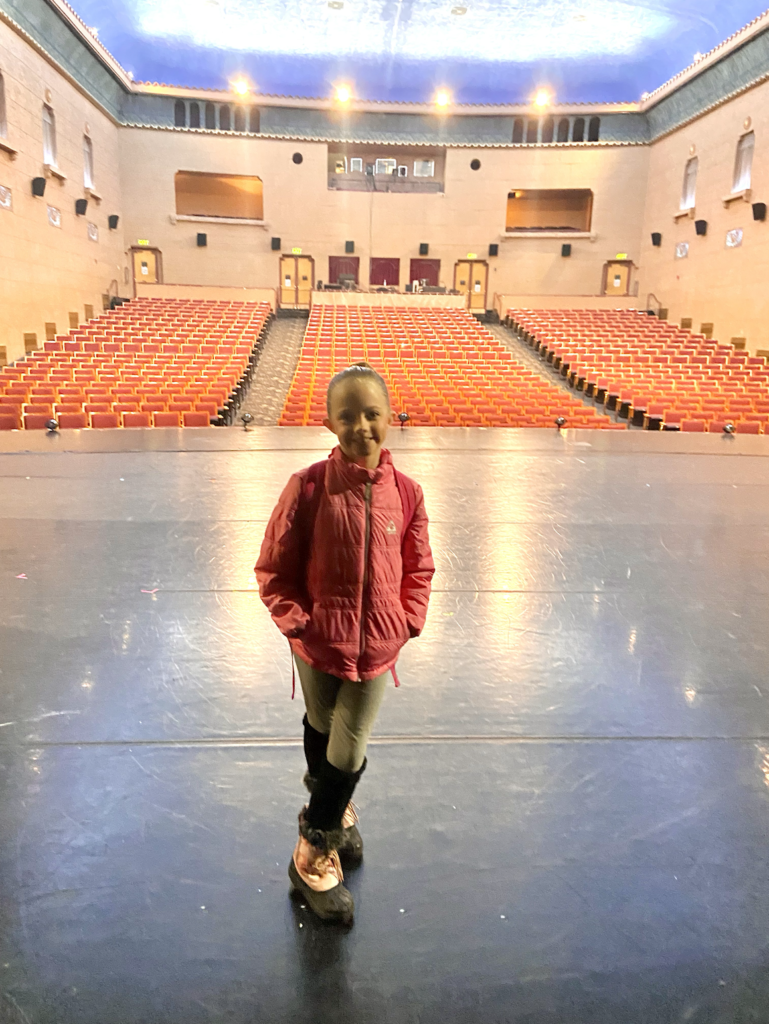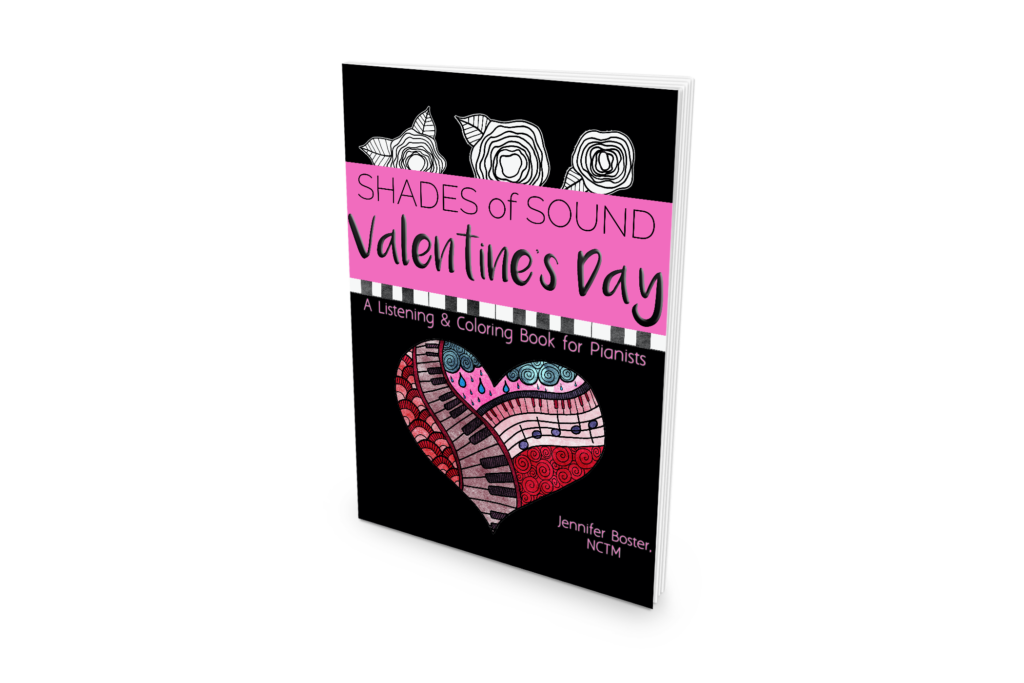Piano Methods for Beginners
Ah, method books. I sure do have fond memories of my own – when I was learning to play the piano I used the John W. Schaum Piano Course:
and the Eckstein Piano Course:
Seriously, good times. And let me tell you, whenever I come across these old books (which seem like old friends in a way!) at my parents’ house, I flip through the old yellowing pages and those great black and white drawings bring back lots of memories. Songs like “Bicycle Bill,” “Riding On a Mule,” “At the Junior Prom” (my FIRST-ever piece with the pedal – boy was I excited!) just pop right back into my head, and I really remember the joy and excitement I felt while learning to play the piano!
Although there is, of course, a place in my heart for these old black-and-white books I learned from, the method books these days are (thankfully) a lot more interesting and fun to look at (thanks in large part to the color illustrations!). I think that is so wonderful, because they have the potential to keep many students much more interested and excited about the piano.
Choosing a good piano method to use for a student is important. I think that a good method can and should do the following:
- Help motivate the student to practice, and help keep the student interested (particularly when their books are fun and colorful and have fun pieces!)
- Help them become musically-literate (especially when the method is well-rounded and includes things such as theory, ear training, transposition, music history, technique, etc.)
- Which reading approach is used? Middle C, multi-key, intervallic, or a combination?
- Does it use a good sequence of concepts? Is it comprehensive (includes technique, sight reading, ear training, etc.)?
- Does it include all the essential theory concepts, such as intervals, chords, harmony, transposition?
- Does it make sense to the student?
- How is it designed/formatted – is it fun and colorful?
- What kind of supplementary materials are included? Does it come with supporting technology, such as CD’s?
There are still a couple more days to vote on this week’s poll about your favorite method book. So far Faber & Faber’s Piano Adventures is definitely in the lead! We would love to have some comments about what your favorite method is, and something that you love about it – why would you vote for it as your favorite?
Visit our Helpful Resources page for links to some fabulous articles and charts about methods. I particularly like
the article about evaluating new method books, found on ClavierCompanion.com in the September/October 2009 issue.
And don’t forget to enter our GIVEAWAY!! You can enter until this Saturday, April 17 at 11:59 pm. Click here to learn how to enter!
















 Previous Post
Previous Post


















Nice article, and I agree, I think the method book you chose should depend on the strengths and weaknesses of the student. I've found Bastien is great for younger students because it focuses on the fundamentals. However, it sometimes moves to slowly for older students–even at the beginner level. Occasionally I'll switch over to Alfred.
At work, we asked other teachers their preferred method books and the consensus was Alfred, Bastien, and Faber & Faber. You can see their comments here: http://www.musikalessons.com/news/1/ask-a-teacher-piano-methodologies
Thanks again for posting this. Some helpful comments!